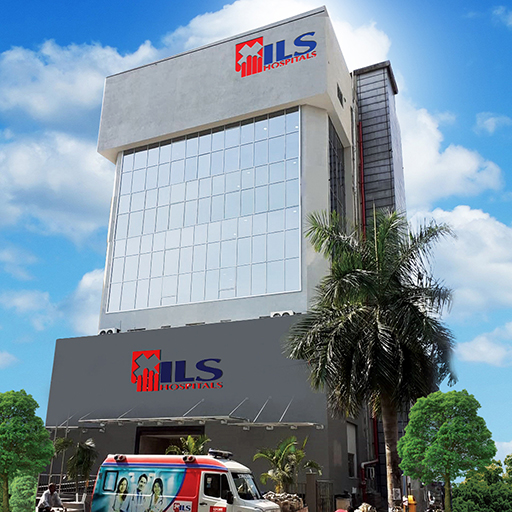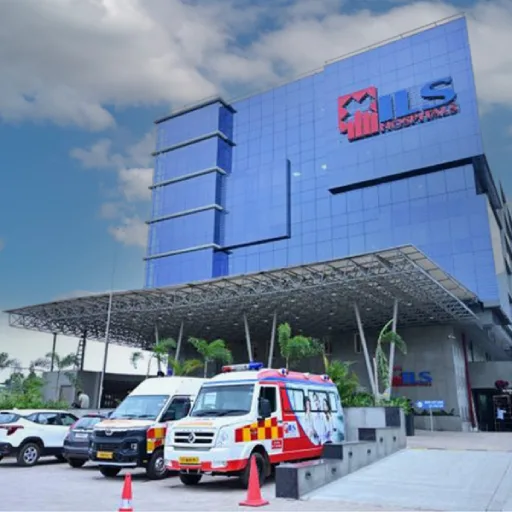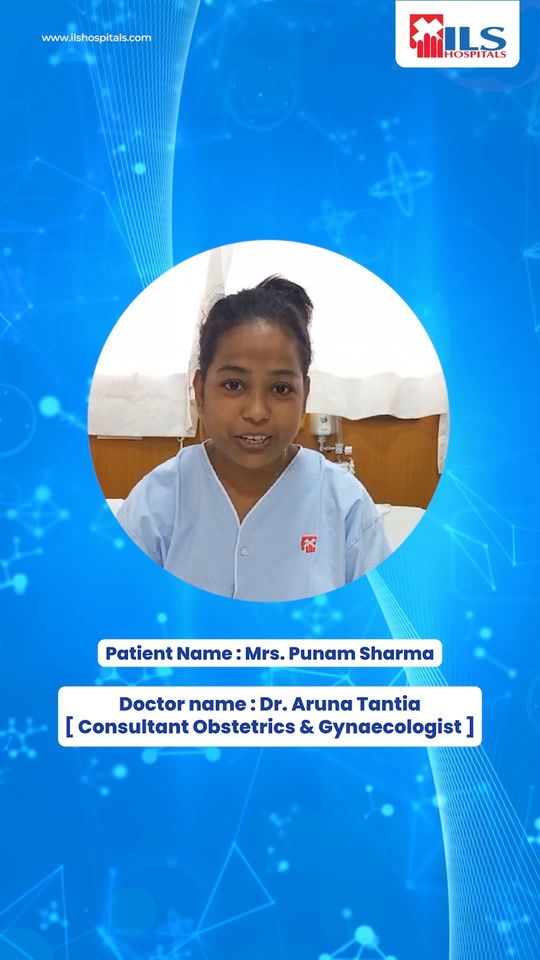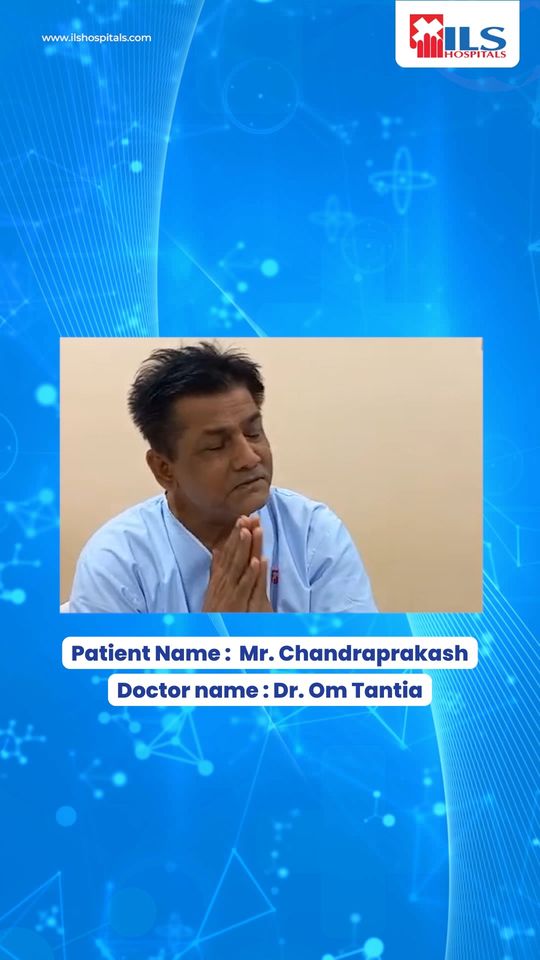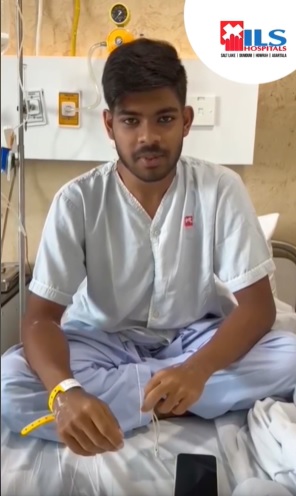PET Scan
A positron emission tomography (PET) scan is an imaging test that generates images of your organs and tissues in action. A harmless, injectable radioactive substance known as a radiotracer is used in the test, as is a PET scanner. The scanner finds sick cells that absorb a lot of the radiotracer, indicating a potential health issue.
Test Details
A PET scan is a form of nuclear medicine imaging. Nuclear medicine administers modest and harmless doses of radioactive material, known as radiotracers, via an IV. PET scans, unlike other imaging modalities, concentrate on internal processes and chemical activity. This allows them to identify sickness in its early stages. Diseased cells in your body absorb more radiotracer than healthy ones. These are known as “hot spots.” The PET scanner detects the radiation and creates images of the afflicted tissue. PET/CT scans combine X-ray and PET scan pictures.
Preparation
PET scans are outpatient procedures, meaning you can go home the same day. Your healthcare practitioner will provide full advice on how to prepare for the scan.
Generally, you should:
- Make sure your provider has a current list of all drugs, vitamins, and supplements you use, as well as any allergies you may have.
- If you suspect you are pregnant or are breastfeeding, notify your healthcare provider.
- Do not consume anything for six hours before the test. If you have diabetes, your doctor may recommend a different course of action.
- Drink only water.
- If you’re getting tested for a cardiac condition, avoid caffeine for 24 hours beforehand.
- Wear comfortable clothing and leave any metal accessories, such as jewelry, eyeglasses, dentures, or hairpins, at home.
- Inform your healthcare practitioner if being in an enclosed space causes you anxiety. You may be able to take a small sedative to help you relax throughout the treatment.
During PET scan
You can anticipate the following during a PET scan:
- You will be given an IV injection of a radiotracer containing a safe dose of radioactive medication. The most widely used radiotracer is fluorodeoxyglucose (FDG).
- You will sit in a chair for roughly an hour while the radiotracer circulates through your circulation and is absorbed by your organs and tissues. Too much activity can direct the radiotracer to parts of your body that your doctor is not testing. You will be unable to feel the radiotracer.
- If you are having a PET/CT scan, you may also receive an IV injection of a contrast dye. This dye helps to produce crisper CT pictures.
- You will lie on an exam table that glides into and out of the PET/CT scanner. The scanner is fashioned like a doughnut. The doughnut or tunnel entrance is approximately 30 inches in diameter.
- You must remain still during the scan, which typically lasts around 30 minutes. Movement can cause images to blur.
- The scanner will make buzzing and clicking sounds as it takes images.
- Before you depart, a technologist will analyze the scans to confirm that they are in focus.
How long does it take for a PET scan?
The PET scan process takes approximately two hours. It may take up to 60 minutes for your body to absorb the injected radiotracer. During this period, you must sit quietly and minimize your movements. The actual PET scan takes approximately 30 minutes. Following the exam, you will need to wait while the technologist reviews the scans to confirm they are clear.
Results and Follow-Up
A radiologist who specializes in PET scans will analyze the images, produce a report, and transmit it to your healthcare provider. This process typically takes 24 hours.
Conclusion
PET scans have transformed medical imaging by allowing healthcare providers to identify not just where a condition exists, but also how it acts. PET scans give critical information that can affect the course of treatment for a variety of illnesses, including life-threatening cancer and complex neurological problems. As technology advances, the importance of PET imaging will expand, providing even greater insight into the unseen world within our bodies.



